iOS 8 review: The best update yet?
iOS 8 is aout but iOS 9 is on the horizon
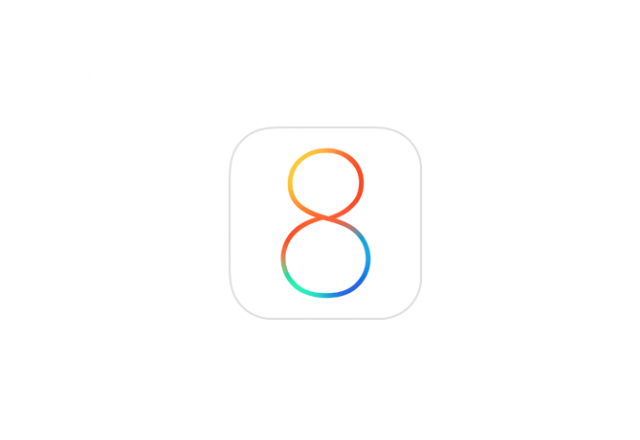
iOS 8 adds much needed features to core apps like Mail, Safari and also makes notifications more interactive. With HealthKit, iCloud Drive and Continuity on the horizon there's much to look forward too as well.
-
+
Improved security and management features in Mail; Choice of keyboards; Better browsing; Updated Photos app
-
-
Too slow on older devices, HealthKit withdrawn before launch, iCloud Drive and Continuity still in beta
Update:The beta version of iOS 9 has been available to everyone in July if they had enrolled in Apple's free public beta program. It features many re-designed built-in apps and a couple of new ones to boot. It also manages to wedge a few more features into the iPad.
Among the new features iOS 9 brings are intelligent search and an improved version of Siri. There are performance improvements and transit directions in Apple Maps. The OS is slated for release in September.
iOS 8was released alongside an update to OS X (10.10.3). Among the changes, updates and bug fixes are; improved performance to app launches, responsiveness, messages, Wi-Fi and Control Center.
It also fixes a number of issues releateding to Wi-Fi and Bluetooth such as where a user could be continuously prompted for login credentials, intermittant disconnection from Wi-Fi and audio playback not working for some Bluetooth speakers.
There is also the introduction of aredesigned Emoji keyboard with over 300 new characters and an optimised version of the iCloud Photo Library that works with the new Photos app in OS X 10.10.3.
The update has also quietly introduced WI-Fi calling. This will currently work for users on EE, othermobile operators are set to follow over the next few months.
The iOS 8.2 update introduced a host of tweaks and bug fixes from previous updates, including stability fixes for Mail, Music and Maps Flyovers. It also features fixes for iTunes syncing errors, problems with Exchange accounts, and various improvements to Apple's Health app.
Those anxiously awaiting the arrival of Apple's first wearable later next month will also be gratified to know that iOS 8.2 includes support for the Apple Watch. This means that right out of the box, fully-updated devices should be able to integrate with the watch with no problems.
In case you missed it, the earlier iOS 8.1 update also returned a much-missed feature to the iPhone and iPad stable. The Camera Roll is now back, available in the Photos app and the My Photo Stream album if you haven't enabled iCloud Photo Library. For those new to iOS, Camera Roll is a continuous, scrolling list of every image and video in your Apple device's library, and was a favourite feature of selfie enthusiasts everywhere.
For tips on getting to grips with iOS 8, the iPhone 6 and 6 Plus, or just iPhones in general, check out our list of the 25 top tips and essential apps.
Let's get the bad news out of the way. Despite Apple claiming iOS 8 works on the iPhone 4s, iPad 2 and iPad mini (1st gen) we don't advise updating them.
These devices use the aging A5 processor and are limited to 512MB of RAM. After updating our 4s we found tasks like typing and switching between apps became sluggish. Plus Apple has had to axe Handoff for apps and AirDrop to get iOS 8 working on the older models, so you won't get the best experience.
If you've got an iOS device released in 2013 or beyond there shouldn't be any problems as these products have 1GB RAM and faster processors.
Once you've got your hands on a device capable of running iOS 8 without stuttering, you're in for a treat. Here's what you can expect...
Dropbox problems fixed?There have been numerous problems with Dropbox in iOS 8, including crashing, and duplicate photo uploads. However, the latest update seems to have remedied these as we didn't experience any problem.
1) Default iOS keyboard is revamped
The iOS keyboard has always seemed primitive when compared the multitude of options on Android. iOS 8 introduces QuickType' - a keyboard with predictive text capabilities.
As you type, a small bar at the top of the keyboard displays three word suggestions you can tap in order to select the appropriate word. Initially, we found ourselves typing words out in full out of habit but using the predictive text option started to feel natural.
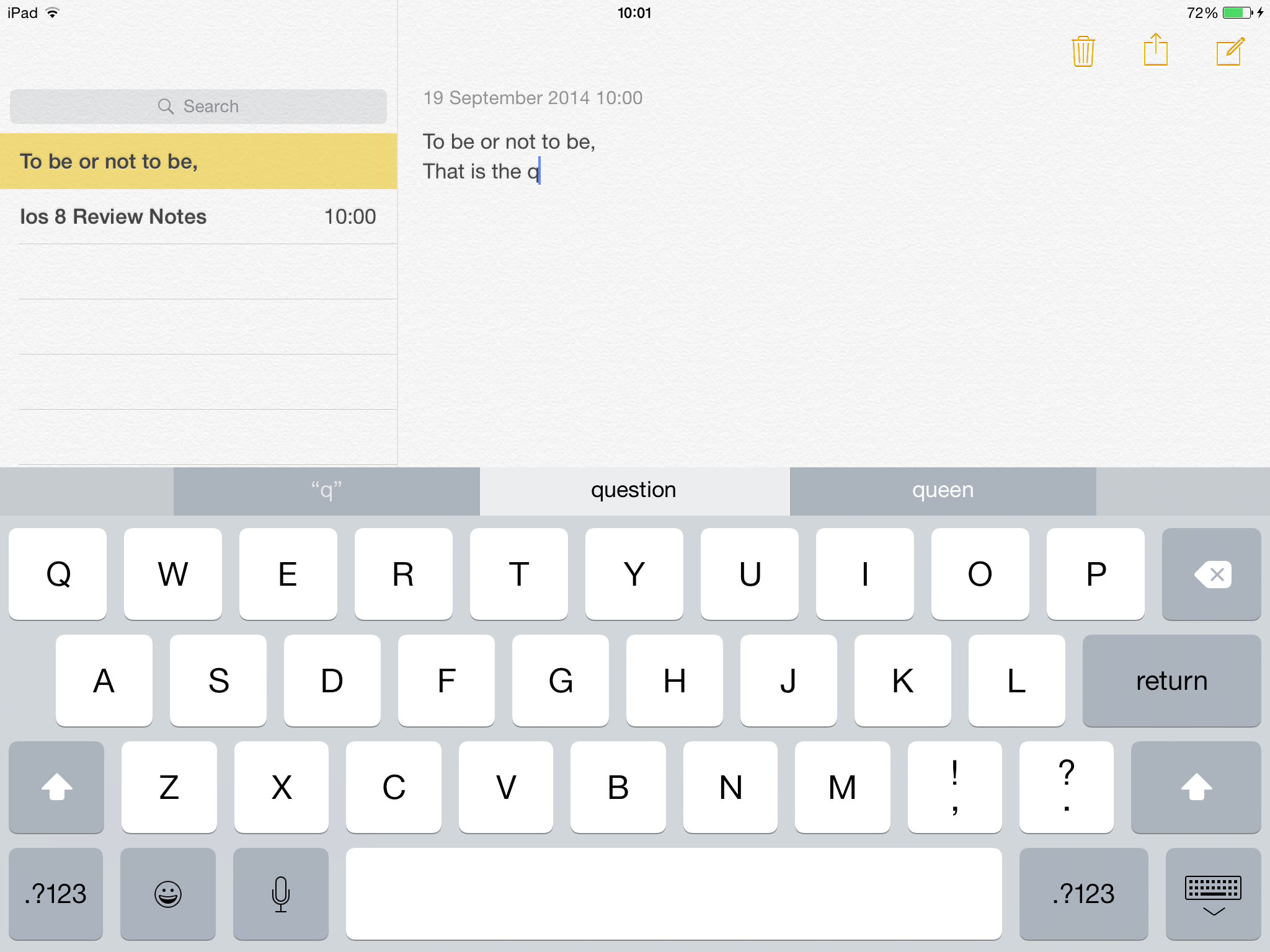
QuickType is intelligent and context-sensitive. So if you're typing an email to your boss it'll suggest formal words, and recommend words like awesome', when you're typing messages to friends . This is a learning process, so isn't something we can assess so soon after release.
A massive change is the ability to install third-party keyboard apps on iOS 8. Popular Android apps such as SwiftKey and Swype are already in the App Store. The ability to pick a different keyboard will be welcomed by many users and should help to cut down the infamous iPhone autocorrect memes.
2) MDM is beefed up
Celebrities may be worried about storing compromising photos on their iPhones, but iOS 8 provides good security features for business users. The mobile device management (MDM) features in iOS 8 now allow admins to specify which apps are used to open documents downloaded via the Safari browser or the new iCloud Drive. They cannow check the date of the most recent back-up to avoid overwriting important data or files, too.
S/MIME encryption is available for individual messages, and it's also possible to highlight emails from addresses outside your organisation.
3) Mail app gets swipe gestures
The Mail app has been modified, with swiping gestures now allowing you to organise messages. Swiping right on a message marks it as unread, whereas a flick left allows you to flag an important message or delete it. We did find these gestures to be a sensitive, accidentally deleting emails when left-swiping too quickly.
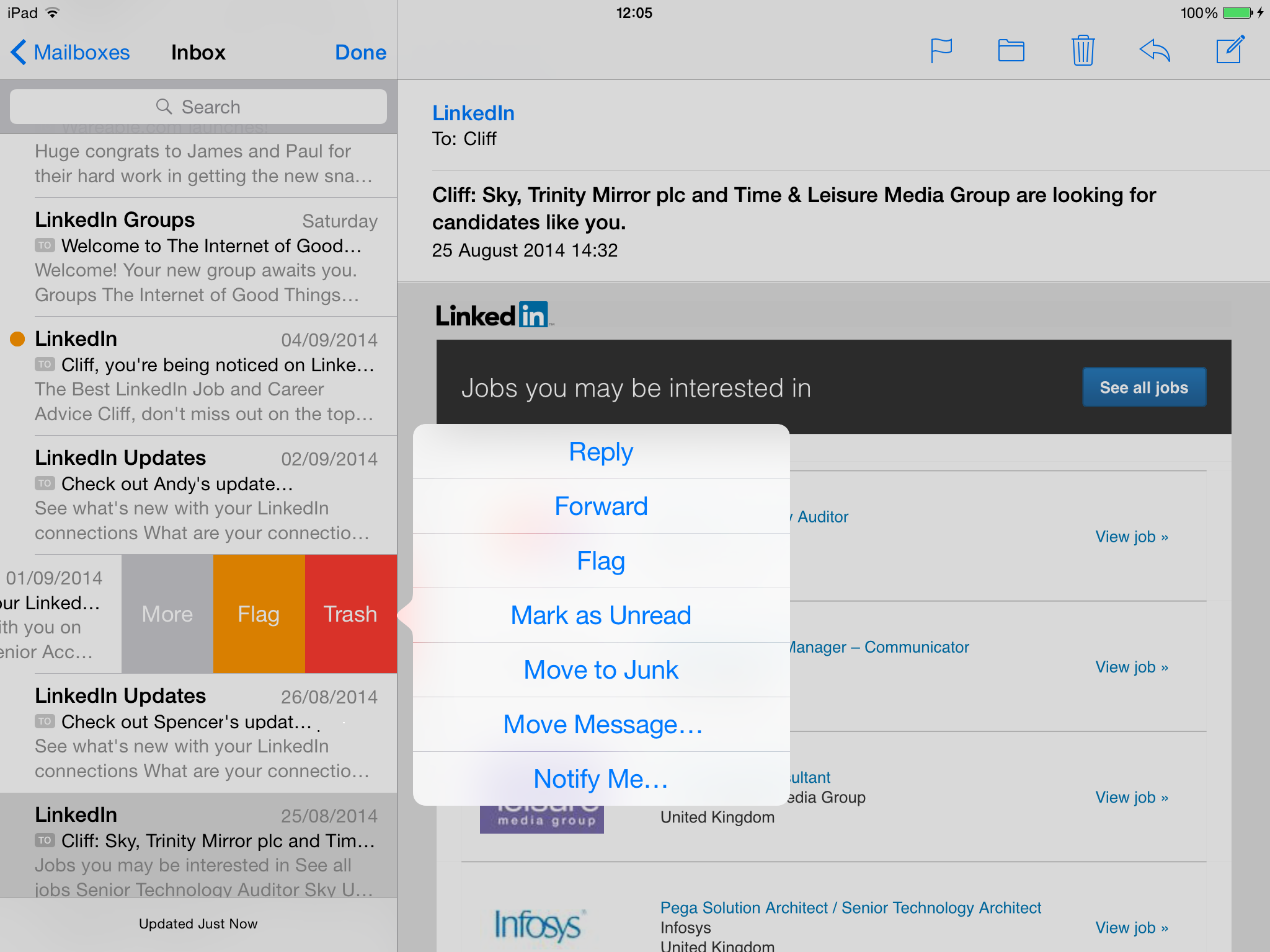
Another useful option is the ability to organise messages into VIP threads'. These messages can be stored in a special VIP inbox for quick access, and it's possible to flag important emails so you automatically receive an on-screen notification as soon as a reply is received. Mail can also recognise date and time information within emails and provides an option for quickly adding this to the iOS Calendar app.
At long last, Mail can even help you set up out of office' messages too.
4) Notifications are interactive
The introduction of interactive notifications was overdue.
Notify Me' tells iOS to display a notification as soon as you receive a reply to a particular email, and when you pull-down to display the notification you'll see options allowing you to reply, or delete a message without needing to open the app.
Apple also includes options to Accept/Decline when you receive a calendar invitation. These options work directly from the lockscreen as well, so it's quick and easy to respond to emails and messages as soon as they arrive.
5) Messages includes features from Whatsapp & Snapchat
The 'Tap-to-talk' option in the Messages app allows you to send an audio recording, much like you can via Whatsapp.If the recipient is also using an iPhone they can listen to the recording by holding the iPhone up to their ear. The motion sensors within the iPhone recognise this movement and play the recording as though it were an ordinary voice call.
You can take photos and videos in a similar fashion, by tapping on the camera icon within the app. Apple now makes it possible to set audio and video messages to expire' after two minutes an idea borrowed from the popular Snapchat app and useful if you plan on sharing sensitive information.
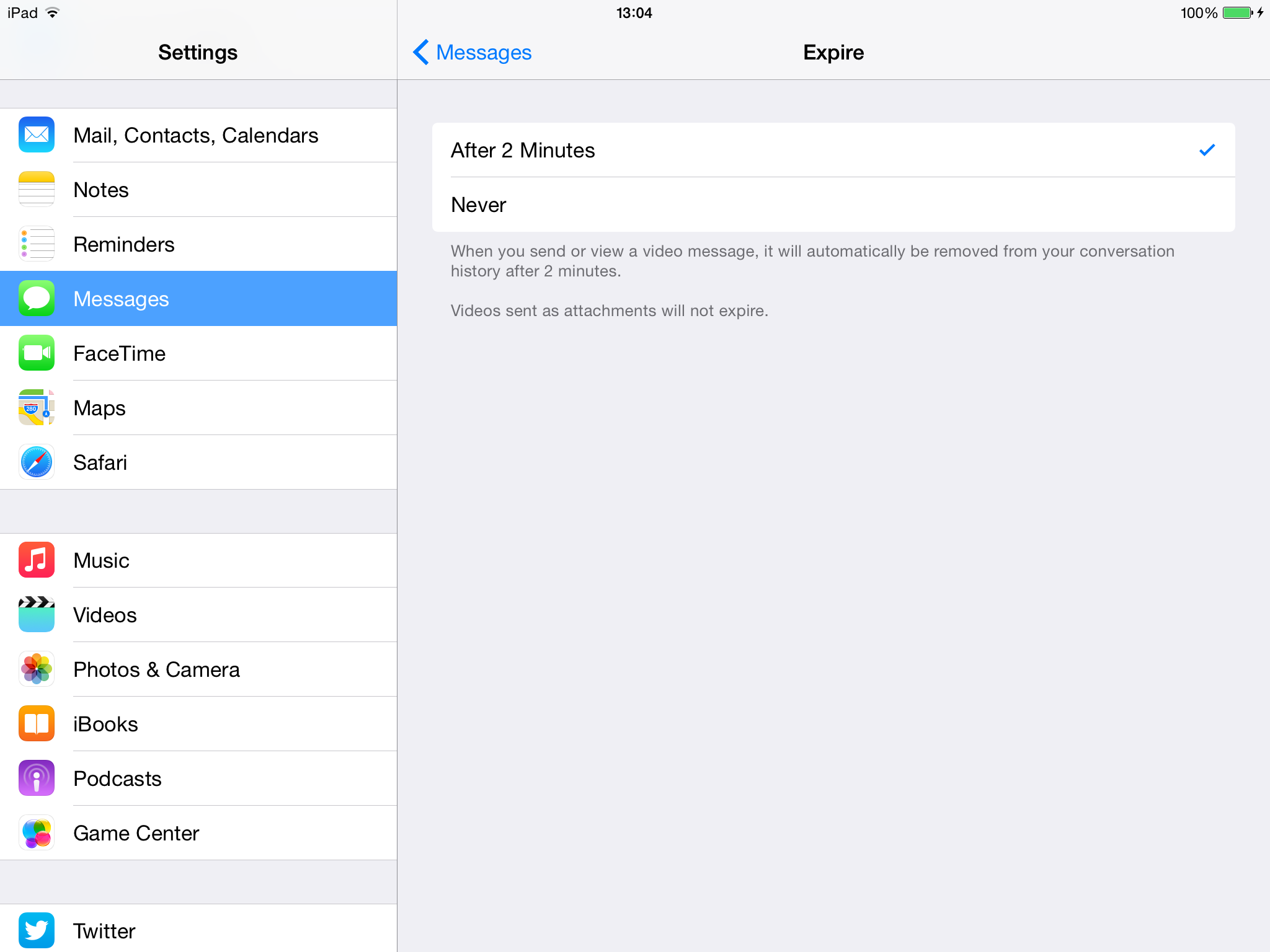
We also like the inclusion of Instant Contacts, which works in conjunction with Messages and other apps. When you double-tap on the Home button to switch between apps, you now see a list of up to eight recent contacts. You can tap the person's name to quickly send them a new message or start a phone call.
6) iCloud Drive look promising
Apple's iCloud service works well for syncing photos, video and emails across multiple Apple devices. But it's never been able to upload and sync other types of files such as Microsoft Office documents in the same way as rival services such as Dropbox. Until now
iCloud Drive will now allow you to upload and store any files you choose, whilst syncing them across multiple Macs, iOS devices or PCs. You'll get 5GB of storage free, and Apple has cut its prices for additional storage, starting at just 0.79 per month for 20GB.
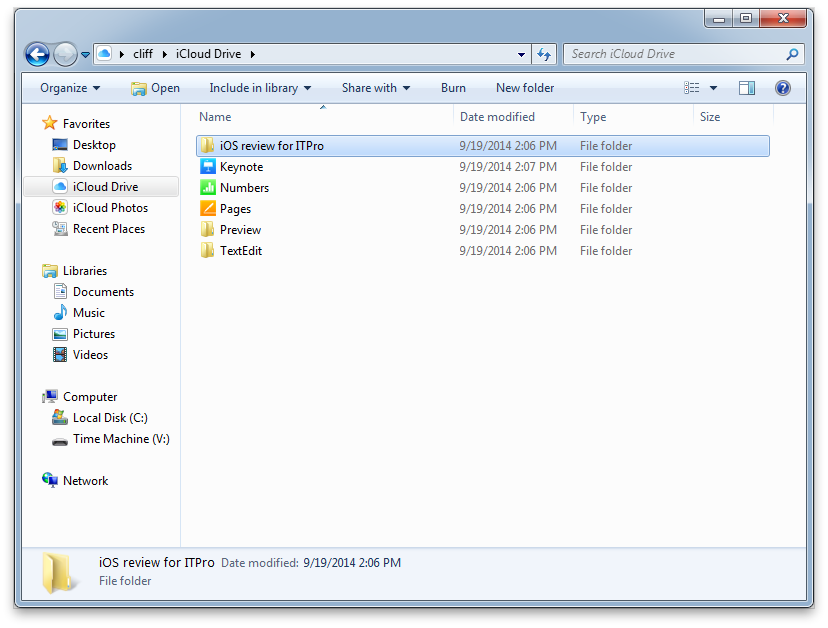
iCloud Drive on the Mac requires the forthcoming OS X Yosemite update, which still doesn't have a release date. Andthird-party apps for iPhones and iPads will need to be updated by developers in order to work with iCloud Drive.
Ironically, Apple has released a new version of its iCloud software for Windows, allowing PC users to make full use of iCloud Drive before Mac users.
7) Continuity will allows devices to talk to each other
Also waiting for the arrival of Yosemite is Continuity a set of features increasing integration between the Mac and iOS operating systems.
The HandOff feature is the main attraction - allowing you to switch from one device to another as you work. If you're writing an email on your iPhone or iPad and you want to use your Mac's keyboard to type faster then you'll be able to switch over to Mail on your Mac and carry on typing from where you left off.
You can even receive text messages or phone calls on your Mac, or start a Pages document on the Mac and then switch to an iPhone or iPad when you leave your office.
But, as with iCloud Drive, iOS 8 is half of the story, and we'll have to wait for Yosemite before we can assess how well Continuity works.
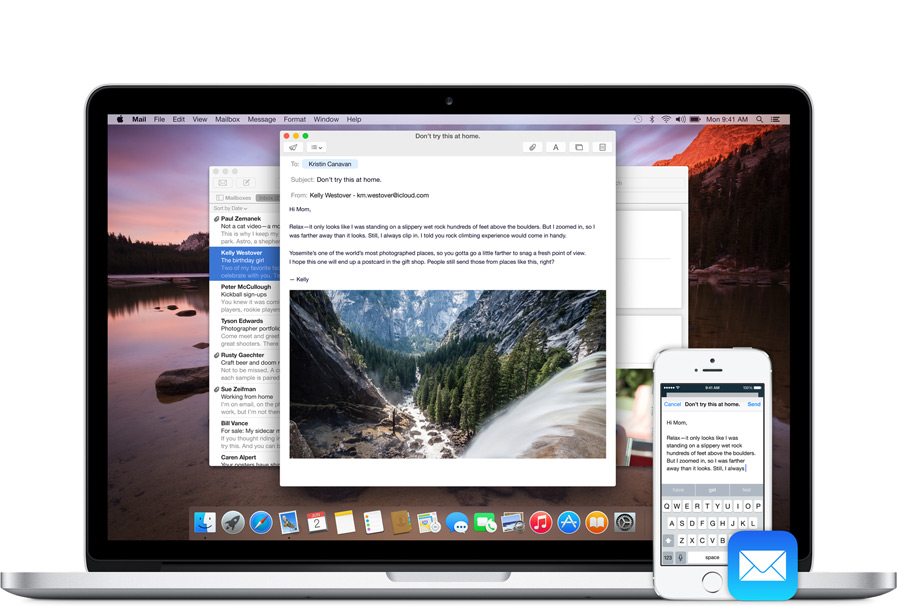
8) HealthKit gets postponed
The most high-profile casualty of the launch of iOS 8 was HealthKit, a set of tools and APIs designed to allow developers to create apps to monitor data like heart rate and blood sugar.
The discovery of a last-minute bug in HealthKit led to a number of health-related apps being withdrawn from the App Store on the day of the iOS 8 launch. Apple hopes to release an update for HealthKit by the end of this month, and this delay is unlikely to hinder its plans for the health industry in the long term but it's still an embarrassingly high-profile hiccup.
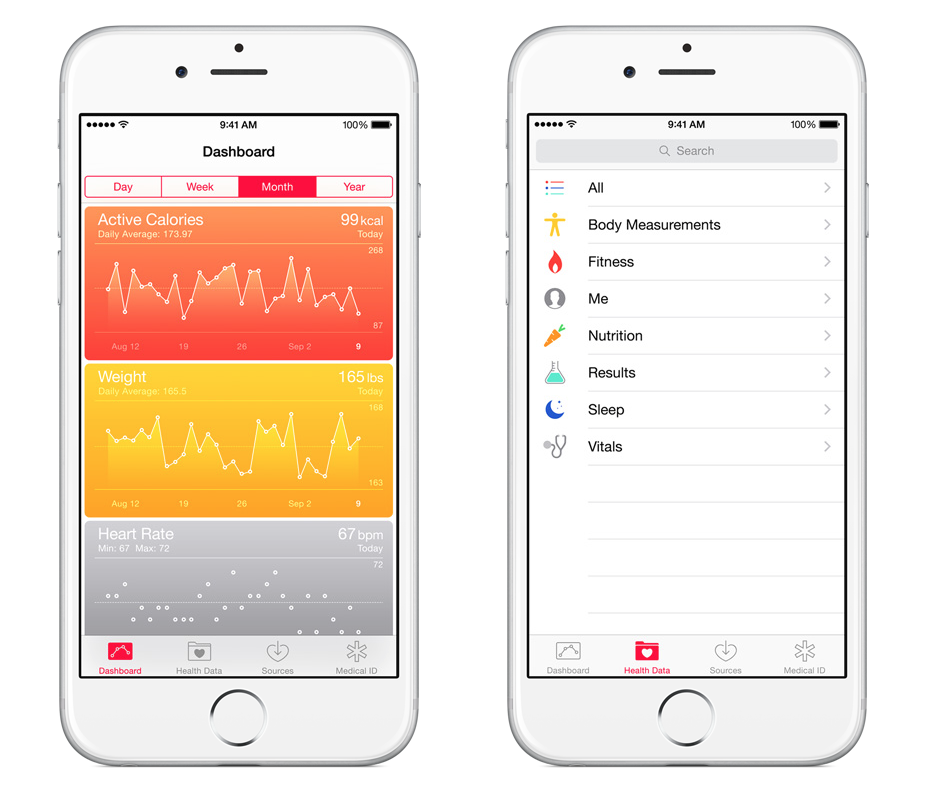
9) Safari gets cleaner look and more functions
The Safari browser gets an interface makeover too. The address bar and tabs are now hidden when on a page to give you an uncluttered view. You can restore the address bar and tabs whenever you want to by stroking down the page with a finger, and Safari on iOS now includes a sidebar similar to the OS X version of Safari. This displays your reading list of stored articles and pages.
The overview option is a nice touch, showing smaller previews of all your open web pages, and even grouping together multiple pages from the same web site. However, our favourite addition to Safari is the ability to press and hold on the Tab button to see a list of recently closed tabs perfect for the times when you accidentally close an important webpage.
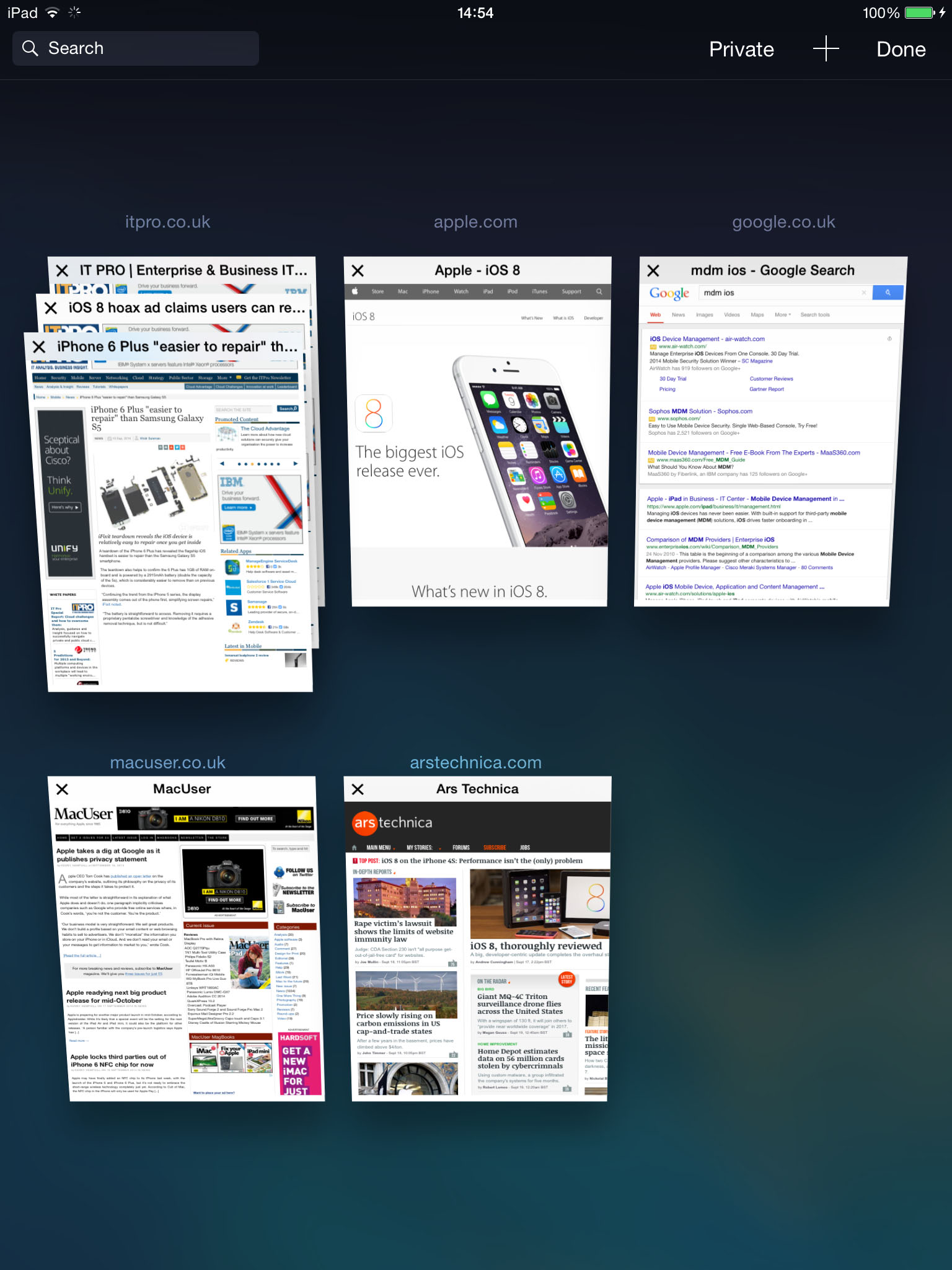
Apple also seems to laying the groundwork for a battle with Google over privacy. You can choose the DuckDuckGo search engine as your default tool for scouring the web.
Safari also "borrows" a couple of features from Google's Chrome browser, such as the ability to view the desktop version of a web site, and create individual private' tabs.
We remain unconvinced by the option to take a photo of your credit card in order to autofill the card number for online purchases. It's simple enough to use, but taking photos of your credit card doesn't seem like a good idea, especially after the iCloud leak.
10) Photos are easier to manage
The iPhone and iPad are responsible for countless billions of photos being uploaded to the internet on a daily basis, so the Photos app has been updated with improved search tools for managing large collections of photos.
As soon as you tap on the Search tool in the top-right corner of the screen you'll see a list of photos taken close to your current location. You can also search by location name, date or album name. The last version of Photos was ideal for dealing with large photo libraries going back several years, so the improved search tools make a huge difference.

Perhaps even more significant is the fact that iOS 8 effectively kills off Apple's long-running iPhoto editing program. It's no longer available on the App Store, but a number of its editing tools have now been rolled into Photos. These include features such as a crop tool, various colour adjustments and filter effects, all of which are straightforward and easy to use.
However, some iPhoto users have reported problems when their edited photos are opened in the new version of Photos and, annoyingly, Apple's support documents state that you may not be able to make further edits unless you revert to the original photo and start all over again.
11) Will Apple Pay take off?
The iPhone 6 and 6 Plus are the first iOS devices to include NFC chips and these will be used exclusively with the Apple Pay system. PayPal has taken a potshot at this potential rival with wise-cracking ads referencing the nude celebrity photo security scandal.
However, many analysts predict that Apple's entrance into the mobile payment market will help to kickstart usage. This is due to the sheer popularity of iPhones and with Apple using end-to-end encryption and promising not to store credit card details. At present Apple Pay is available in the US only - and it is expected to roll out in UK during 2015.
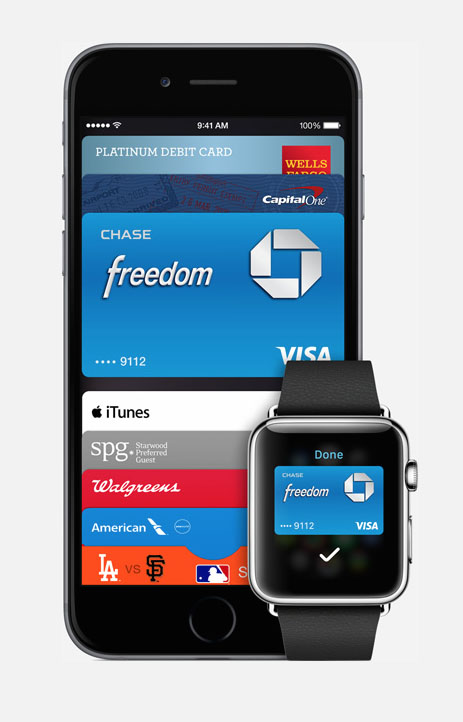
Overall
iOS 8 brings much needed improvements to the keyboard, notifications and web browsing. With Continuity, iCloud Drive and HealthKit all to look forward too, this will be the best iOS update to-date.
Of course, with iOS being such a big update, teething problems are expected. Many of these should be ironed out quickly. But it is disappointing that older devices such as the iPhone 4 and iPad 2 will struggle.
Get the ITPro daily newsletter
Sign up today and you will receive a free copy of our Future Focus 2025 report - the leading guidance on AI, cybersecurity and other IT challenges as per 700+ senior executives
-
 Westcon-Comstor and Vectra AI launch brace of new channel initiatives
Westcon-Comstor and Vectra AI launch brace of new channel initiativesNews Westcon-Comstor and Vectra AI have announced the launch of two new channel growth initiatives focused on the managed security service provider (MSSP) space and AWS Marketplace.
By Daniel Todd Published
-
 Third time lucky? Microsoft finally begins roll-out of controversial Recall feature
Third time lucky? Microsoft finally begins roll-out of controversial Recall featureNews The Windows Recall feature has been plagued by setbacks and backlash from security professionals
By Emma Woollacott Published
-
 The UK government wants quantum technology out of the lab and in the hands of enterprises
The UK government wants quantum technology out of the lab and in the hands of enterprisesNews The UK government has unveiled plans to invest £121 million in quantum computing projects in an effort to drive real-world applications and adoption rates.
By Emma Woollacott Published

